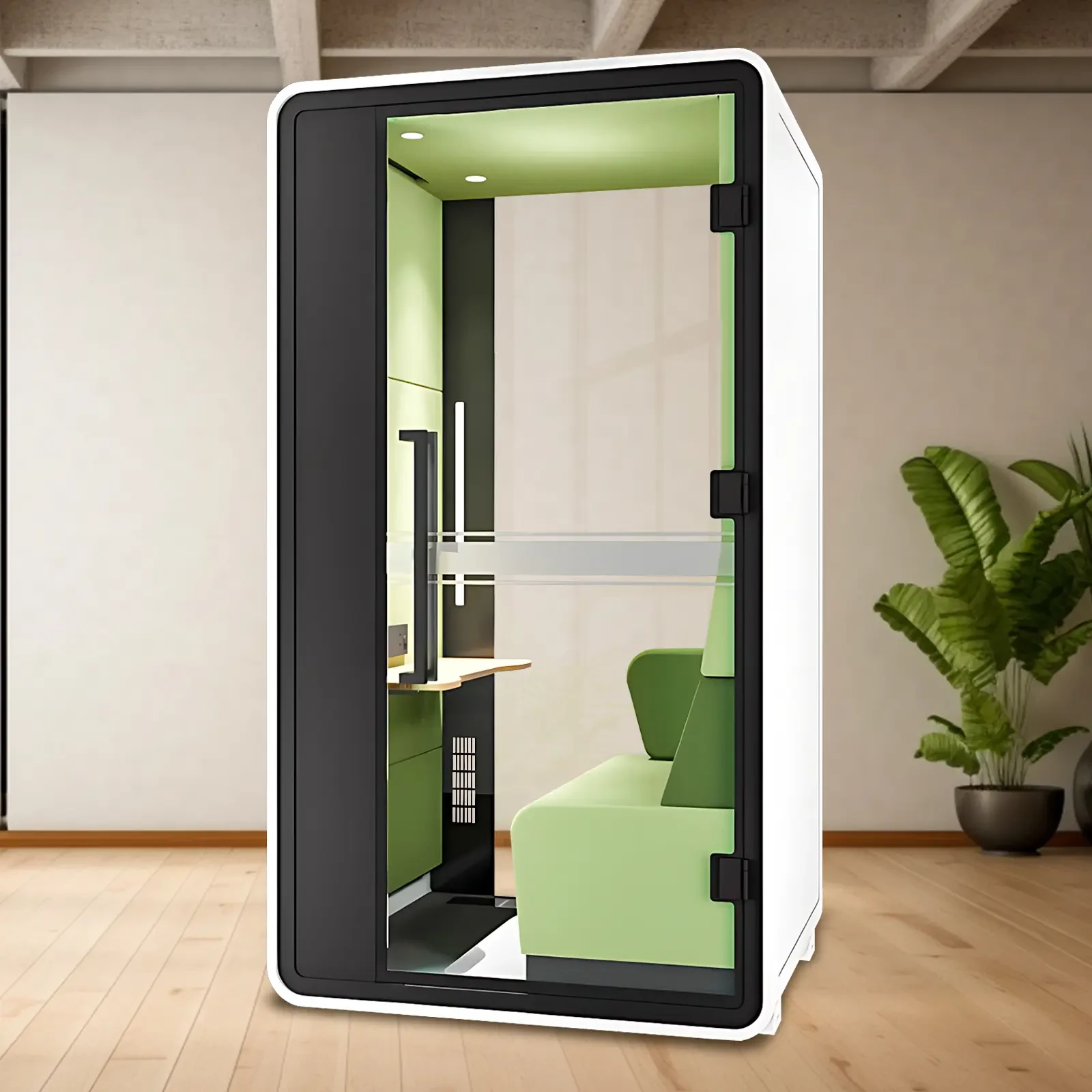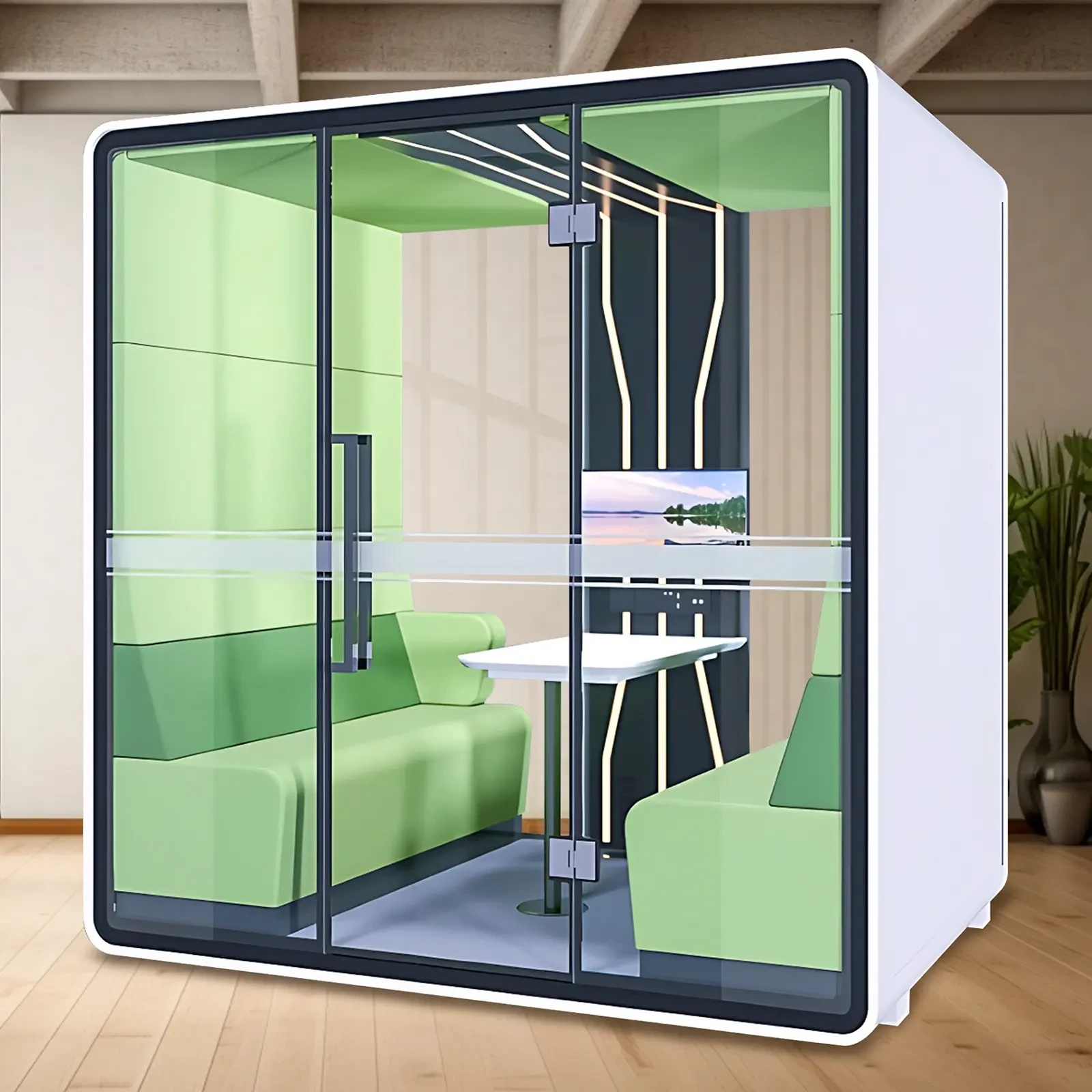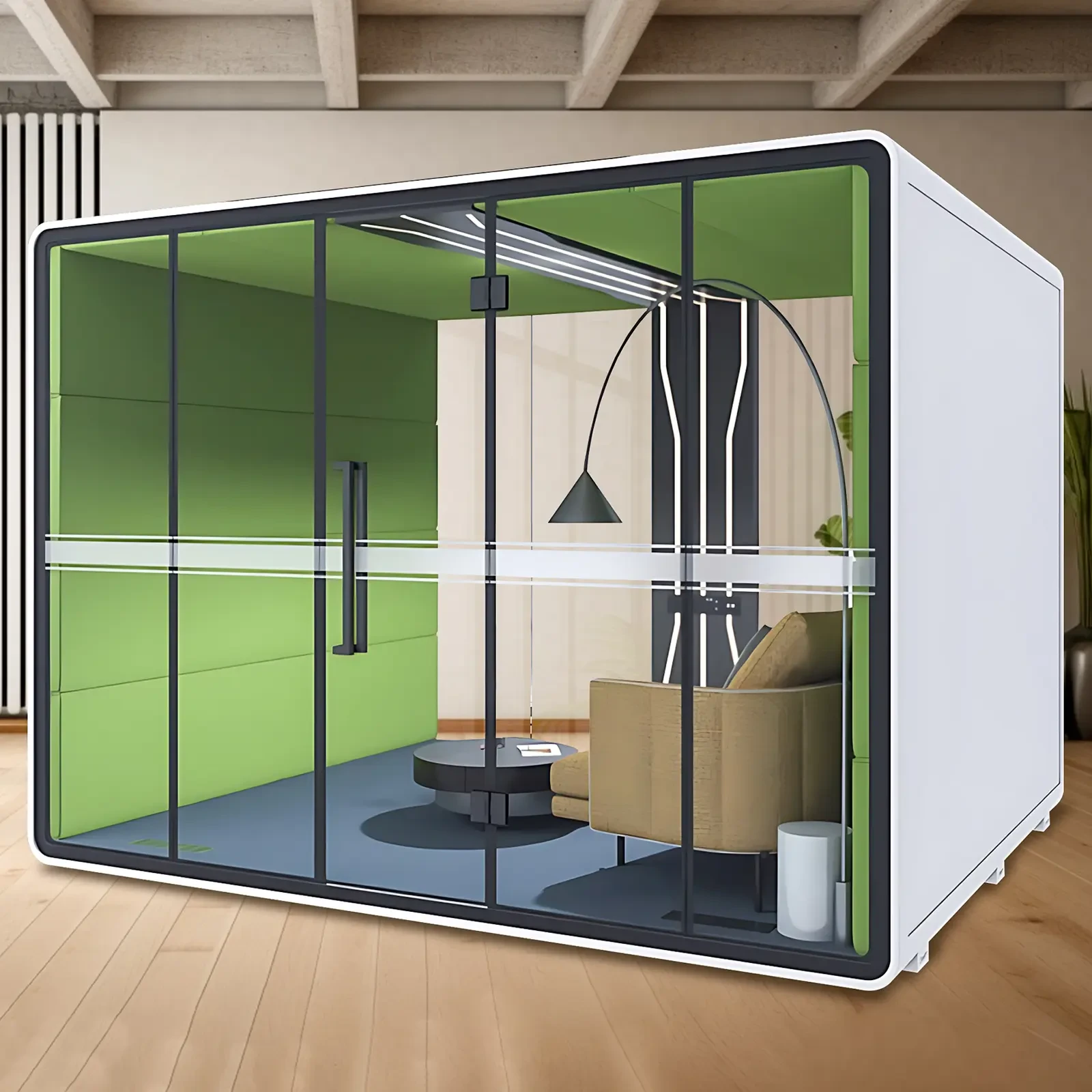One of the biggest issues that can affect the productivity and focus of employees in the workplace is the presence of unwanted noise distractions that can greatly affect employee concentration, communication quality, and overall workplace efficiency. Whether you're addressing open-plan office acoustics, echo issues in meeting rooms, or external traffic noise seeping into your space, knowing how to soundproof an office becomes a crucial part of ensuring professional standards and employee well-being. The modern workplace calls for solutions that not only reduce the noise levels but also provide quiet zones where employees can make confidential calls, take virtual meetings free of background noise, or just get down to complex tasks that require deep focus without constant noise distractions.
Analyzing Your Office Acoustical Requirements
Before implementing any soundproofing measures, it’s essential to conduct a thorough acoustic assessment of your workspace to identify specific noise sources and problem areas. Targeting these zones first will ensure the greatest impact on overall workplace productivity.
Start by mapping your office space and defining areas of high noise (reception areas, break rooms, equipment rooms, and/or high traffic areas) against quiet areas (focused work areas such as individual workstations, individual offices, and meeting rooms) where concentration-related work is done.
For instance, if the noise in your office is mainly airborne and transmitted through open areas, impact noise that is transmitted through structural components, or external noise infiltrated from the outside, the soundproofing methods that will work best for your specific case will be different.
Installation of Wall and Partition Solutions
Learning how to soundproof an office, one of the most effective methods of managing the acoustic environment is by addressing the wall acoustics, as walls are the main barriers between different areas of work and therefore are the most influential elements in how sound spreads through your office.
Adding acoustic panels to existing walls is a good starting point, as the special panels are sound-absorbing materials that encourage echo and reverberation to be absorbed rather than bounced back into the room, reducing overall ambient noise levels that build up over the course of the working day.
For larger soundproofing needs, the standard partition walls can also be replaced with double-layered partition drywall construction with sound-absorbing materials between layers, which effectively increases the mass and density of the partition wall, which is important for blocking the transmission of sound from adjacent offices or meeting rooms.
Strategies for Ceiling Soundproofing
Ceiling treatments are also an important aspect to consider when deciding how to soundproof an office - especially if you are using multi-story buildings where impact noise from the floor above interferes, or high ceilings where sound is likely to bounce around a lot before being absorbed.
Specially designed suspended acoustic ceiling tiles for commercial spaces combine high sound absorption performance with a clean, professional appearance. Available in different NRC (Noise Reduction Coefficient) ratings, they allow you to select the optimal acoustic solution for your office.
Sound-absorbing clouds or baffles suspended from the ceiling can be attached to the ceiling of a room to give you extra surface area to absorb the sound without having to replace the ceiling, which can be cheaper and can be used strategically over the areas of the room that have a lot of noise or need extra acoustic privacy.
Floor Soundproofing Techniques
From the perspective of soundproofing office space, floor treatments are an important part of that picture as they deal with both impact noise within your workplace, as well as airborne transmission of sound to the floor beneath you in multi-story office buildings.
Acoustic underlayment under carpet or hard flooring greatly reduces the impact noise caused by walking, rolling office chairs, and dropped objects, and special underlayment products are available in different thicknesses and densities to suit different flooring and acoustic performance needs.
Carpeting and area rugs are highly effective in reducing airborne noise that would otherwise reflect off hard flooring, while also absorbing impact sound. They are especially useful in high-traffic corridors, reception areas, and open-plan offices where constant movement occurs throughout the day.
The Black Office Pod Booth Aluminum Alloy Frame System is a contemporary, futuristic, and stylishly designed office chair boasting a highly advanced and modern functionality that brings any professional space to a higher level. Advanced soundproofing technology - with steel panels, laminated glass of 11mm, and dedicated acoustic materials - forms a soundproof environment perfect for video conferencing, deep focus work, or a private meeting.
Recommendation
To companies who are requiring solutions on password turnkey products that availability of multiple soundproofing results to dispel the completeness of planning various aspects of soundproofing X-comfot specializes in the provision of complete acoustic surroundings overseen with speciality applications to modern offices with modular sound arrests and meeting booths that grant remarkable noise sibling rivalry with multi-layer wall construction, acoustic ceiling coffin, closed entry, and affable draft to anticipate longer use durations. Our enterprise-level systems include professional-level how to soundproof an office solutions that can be placed literally right in the open office setting, yet still maintain acoustic isolation to prevent outside distractions to those occupying the booth and colleagues speaking inside, so that the phone conversation does not disrupt business or true permanent building changes that can take a long time to complete and receive building license approvals.

 USD
USD
 GBP
GBP
 EUR
EUR






